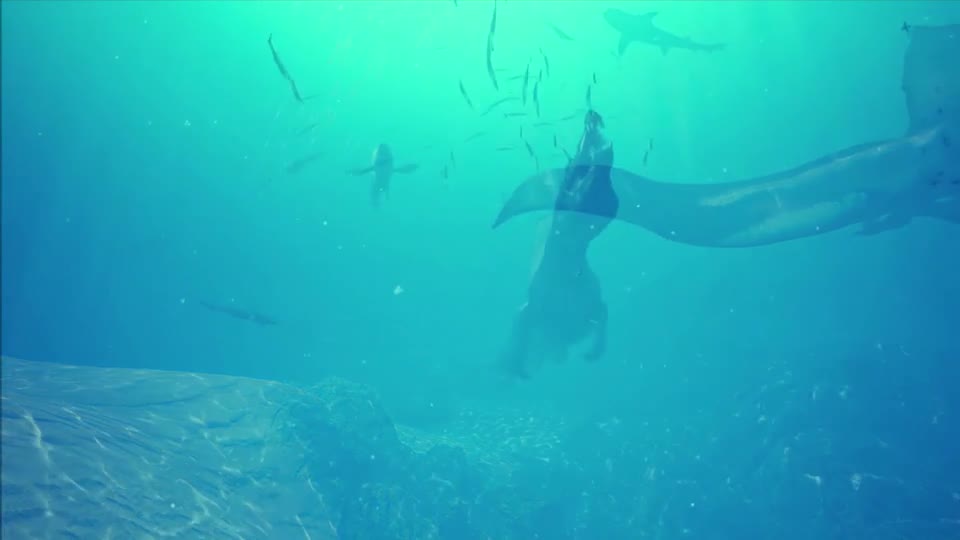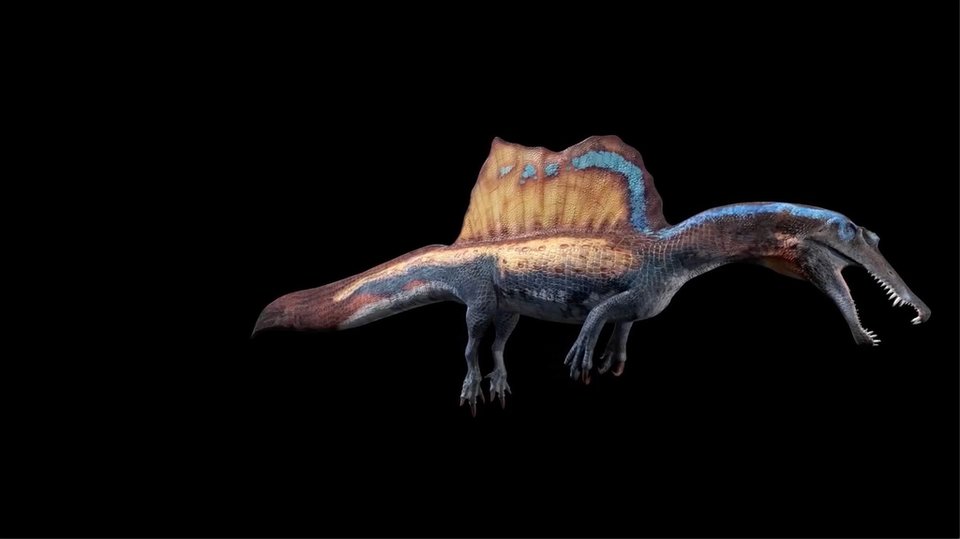LifeinWater
NoteveryscientistagreedwithIbrahim.So,withagrantfromtheNationalGeographicSociety,Ibrahimsearchedformorefossils.Theworkwasdifficult.However,itbecamerewardingaftertheteamdiscoveredmorepiecesofaSpinosaurustail.
Inotherdinosaurs,thetailnarrowstoapoint.InSpinosaurus,thetailisbroad.Itlookslikeapaddle.Tinybumpsnearthetail’sendmayhaveallowedittomovebackandforth.Long,thinbonesconnecttothetaillikethetailbonesina fish.
Ibrahimwantedtoknowhowthistailmighthaveworkedinthewater.Throughdigitalmodelingandarealmodeltestedinwater,hefound out.
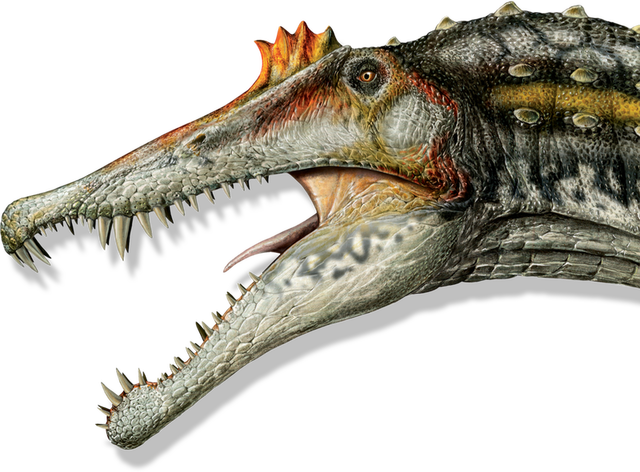
Spinosaurus hadcrocodile-likejawswithlarge,cone-shapedteethtogripslippery fish.
Spinosaurus’ taildeliversmorethaneighttimestheforwardthrustinwaterthanthetailsofotherdinosonland.Nowmorethanever,IbrahimwascertainthatSpinosaurusspentmostofitstimeinthe water.
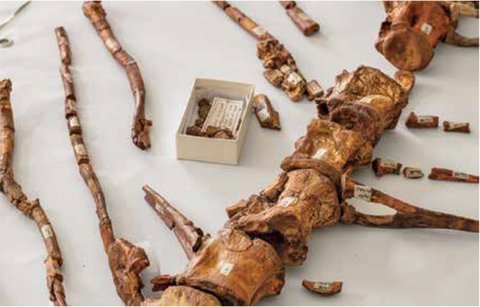
FossilsegmentsofSpinosaurus’tailnowindicatethatitstailwasbroadandusedasapaddleduring swimming.

ScientistspreviouslythoughtSpinosaurus’tailwasnarrow
and pointed.
Inthisanimation,aSpinosaurususesitspaddle-liketailtomovethrough water.
QuestionsRemain
Researchgoeson.Oneoftheotherfossilsmayholdanotherimportantclue.Itisabonefromthedinosaur’sfoot.Withit,theteamcanrecreatethewholefoot.Ibrahimbelievesitwaswebbed.Goodforanaquatic dinosaur.
IbrahimcontinuestodigtofindanswerstohisSpinosaurusquestions.Themoreimpossiblethequestion,themoredeterminedheistoanswer it.
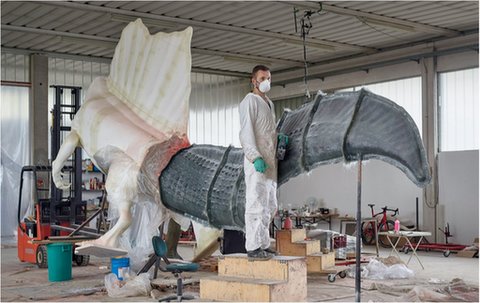
Scientistsattempttocreatealife-sizemodelofSpinosaurus, showcasingwhatisnowknownaboutits tail.
AViewAroundSpinosaurus
Dragtheslidertoturnthis3DmodelofSpinosaurus.
